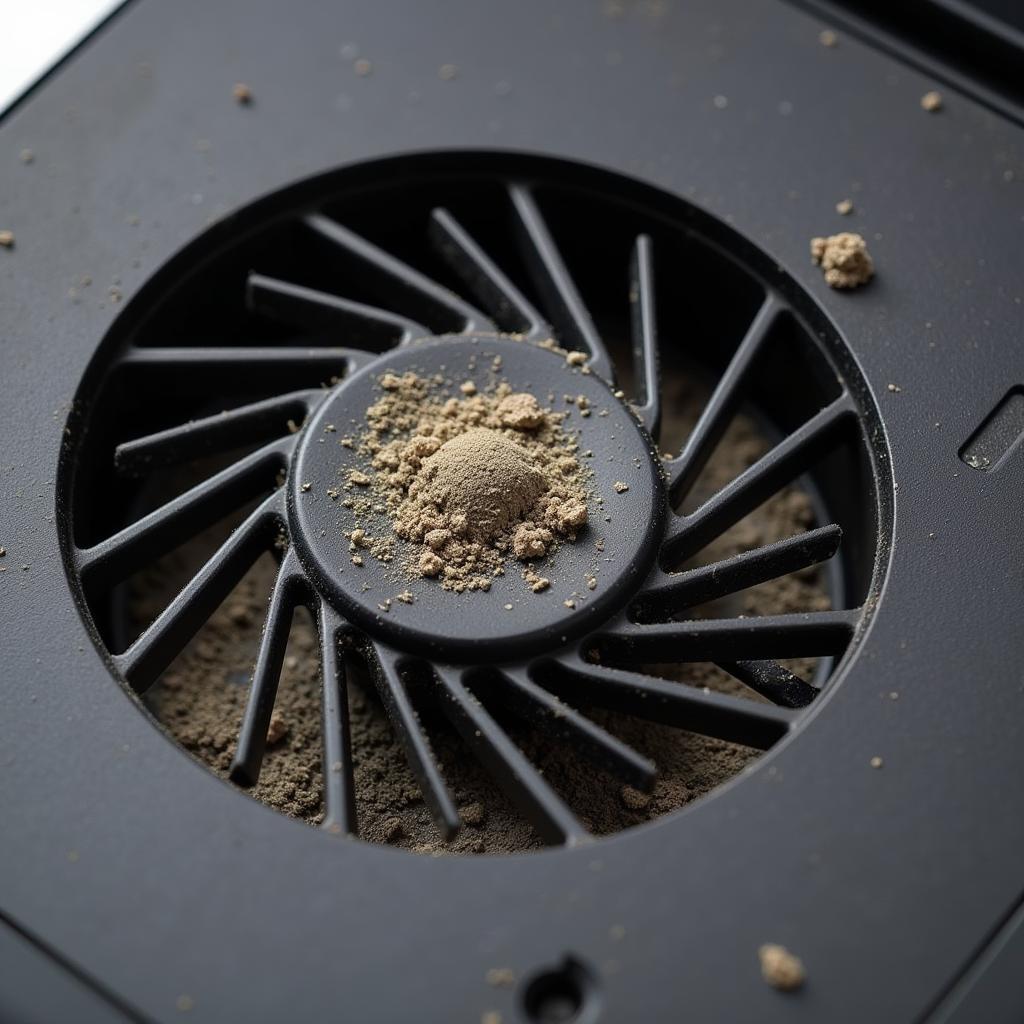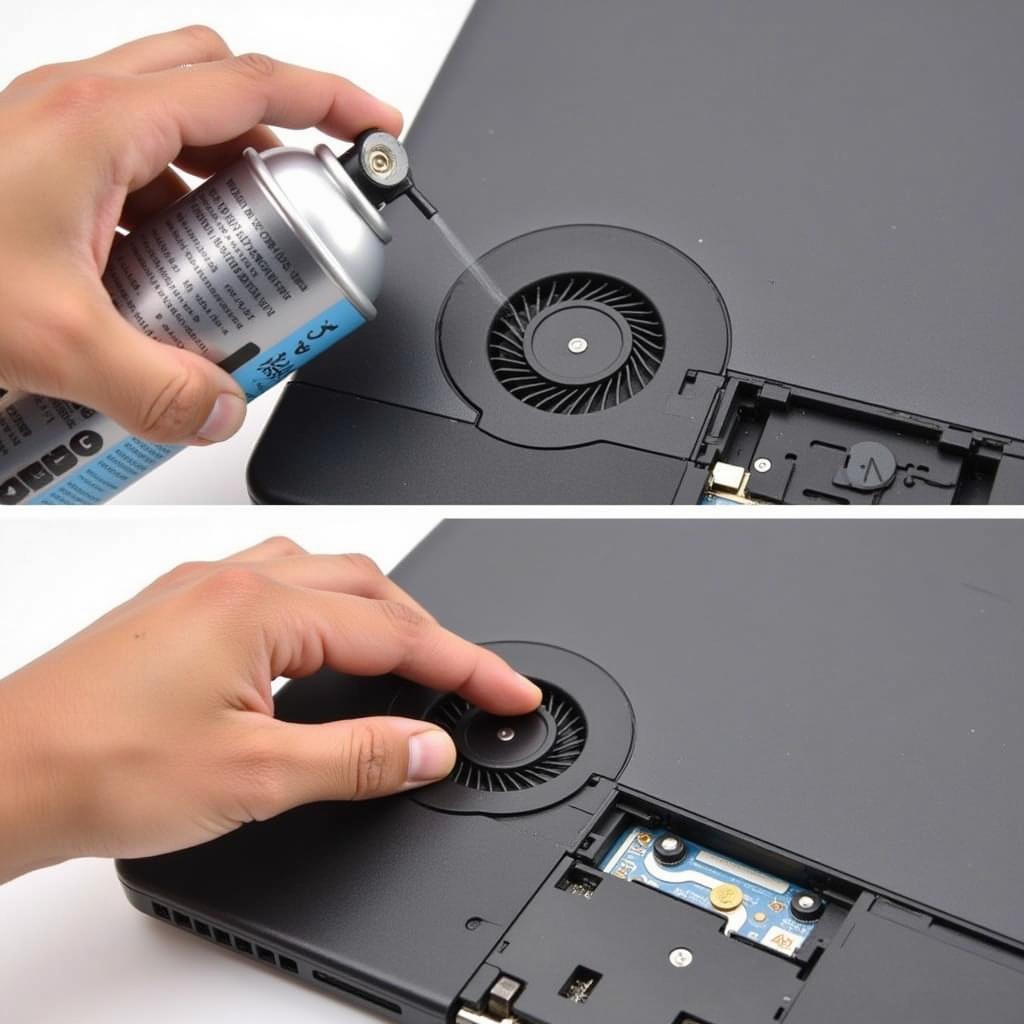Is your laptop feeling a little too warm for comfort? Perhaps you’ve noticed a distinct lack of whirring sounds emanating from your device? If you suspect your laptop fan might not be working, you’ve come to the right place. This guide will walk you through everything you need to know about diagnosing and potentially fixing your laptop fan issues.
Why a Functioning Laptop Fan is Crucial
Before we dive into the “how-to,” it’s important to understand why a working laptop fan is non-negotiable. In a nutshell, your laptop generates heat – it’s a natural byproduct of the processor and other components working hard to keep you browsing, gaming, or designing.
Without a functioning cooling system, and particularly the fan, this heat can quickly build up to dangerous levels. Overheating can lead to:
- Reduced Performance: Your laptop might slow down, experience lag, or even shut down unexpectedly to protect itself from damage.
- System Crashes: Frequent crashes and error messages can be a sign of an overheated system struggling to cope.
- Hardware Damage: The most serious consequence of prolonged overheating is permanent damage to your laptop’s internal components, potentially leading to costly repairs or even complete device failure.
Signs Your Laptop Fan Might Be Failing
Now that you understand the stakes, let’s look at some telltale signs that your laptop fan might be failing:
- Excessive Heat: If your laptop feels hot to the touch, especially on the bottom, it’s a clear indicator of potential fan issues.
- Unusual Noises: Listen closely for any grinding, clicking, or whirring sounds coming from your laptop, which could indicate a failing fan.
- Performance Issues: Slow performance, frequent crashes, and unexpected shutdowns can all be symptoms of an overheating laptop, often caused by a malfunctioning fan.
- Fan Not Spinning: The most obvious sign – if you can’t hear or feel the fan running, especially when your laptop is under heavy load, it’s time to investigate further.
How to Check if Your Laptop Fan is Working
Here are some practical ways to check if your laptop fan is functioning correctly:
-
Physical Inspection: With the laptop turned off and unplugged, carefully examine the fan vents on the sides or bottom of your device. See if there’s any visible dust or debris obstructing the airflow.
 Laptop Fan Dust Obstruction
Laptop Fan Dust Obstruction -
Listen Closely: Power on your laptop and listen attentively for any fan noise. Try running a demanding application or game to put a heavier load on the system and encourage the fan to kick in.
-
Feel for Airflow: Carefully place your hand near the fan exhaust vents while the laptop is running. You should feel a noticeable stream of warm air being expelled if the fan is working correctly.
-
Monitor CPU Temperature: Utilize built-in system tools or third-party software to monitor your CPU temperature. Abnormally high temperatures, especially under normal usage, could point to a fan problem.
 CPU Temperature Monitoring Software
CPU Temperature Monitoring Software -
BIOS Check: Access your laptop’s BIOS settings (usually by pressing F2 or Del during startup) and look for a “Hardware Monitor” or similar section. This should display fan speeds and temperatures, allowing you to check if the fan is being detected and operating correctly.
Troubleshooting a Malfunctioning Laptop Fan
If your investigation reveals a potential fan issue, here are some troubleshooting steps you can take:
-
Clean the Fan and Vents: Dust build-up is a common culprit for fan failure. Use compressed air to carefully clean the fan blades and vents, ensuring you don’t damage any delicate components.
 Cleaning Laptop Fan Vents
Cleaning Laptop Fan Vents -
Update Drivers: Outdated or corrupted drivers can sometimes interfere with fan operation. Visit your laptop manufacturer’s website and download the latest drivers for your specific model.
-
Adjust Power Settings: Some power-saving settings can limit fan speed to conserve battery life. Consider adjusting these settings to prioritize performance and cooling, especially when running demanding applications.
-
Seek Professional Help: If the problem persists after trying these solutions, it’s best to consult a qualified technician for further diagnosis and repair. Attempting to open up your laptop or tamper with internal components without proper expertise can lead to further damage.
Conclusion
A properly functioning laptop fan is crucial for optimal performance and longevity. By being proactive in monitoring for potential issues and taking appropriate troubleshooting steps, you can help ensure your laptop stays cool, runs smoothly, and enjoys a longer lifespan.
If you’ve tried these steps and are still experiencing problems with your laptop fan, don’t hesitate to contact our team of experts at laptop cooling fan not working. We’re here to help you keep your device running at its best.


